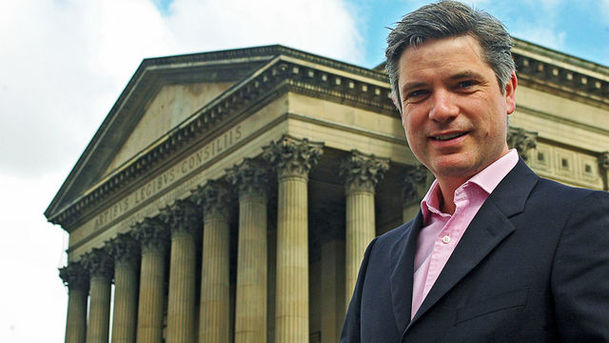People's Palaces: The Golden Age of Civic Architecture - The Gothic Revival

Architectural historian Dr Jonathan Foyle visits some of the best neo-gothic Victorian civic buildings in the north of England. Pointed arches, spires and clustered columns proliferate on churches and cathedrals, town halls and libraries, as gothic moves from the sacred to the secular through the 19th century and becomes the north's civic style of choice. Two men are primarily responsible for this medieval style's adoption by the Victorians. Augustus Pugin associated gothic with godliness and harmony and believed that architecture could influence morality. John Ruskin's influential book The Stones of Venice looked at the gothic architecture of the Italian renaissance mercantile republics and associated it with freedom. When Ruskin untethered gothic architecture from ecclesiastical building it went on to flourish in the hands of a generation of young, idealistic architects seeking to assert the cultural credentials of the north and exert an improving influence over the citizens of the burgeoning industrial towns. Featuring contributions from Rosemary Hill, author of God's Architect: Pugin and the Building of Romantic Britain; Dr Katy Layton-Jones, lecturer in urban history; and Dr Terry Wyke, lecturer in history and economic history. Jonathan Foyle visits the Temple of Liberty at Stowe; Pugin and Charles Barry's Palace of Westminster; Robert Chantrell's St Peter's Church in Leeds; William Crossland's Rochdale Town Hall; Alfred Waterhouse's Manchester Town Hall; Basil Champneys' Rylands Library in Manchester; Edward Mountford's Sheffield Town Hall; the Victoria Baths at Chorlton on Medlock; and Giles Gilbert Scott's Liverpool Anglican Cathedral, the biggest gothic church in Britain, built with more than 2.5 million pounds of the public's money.